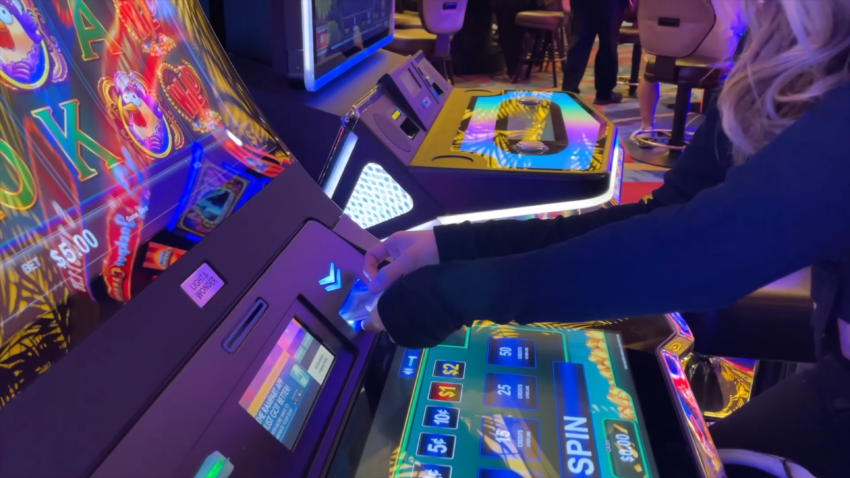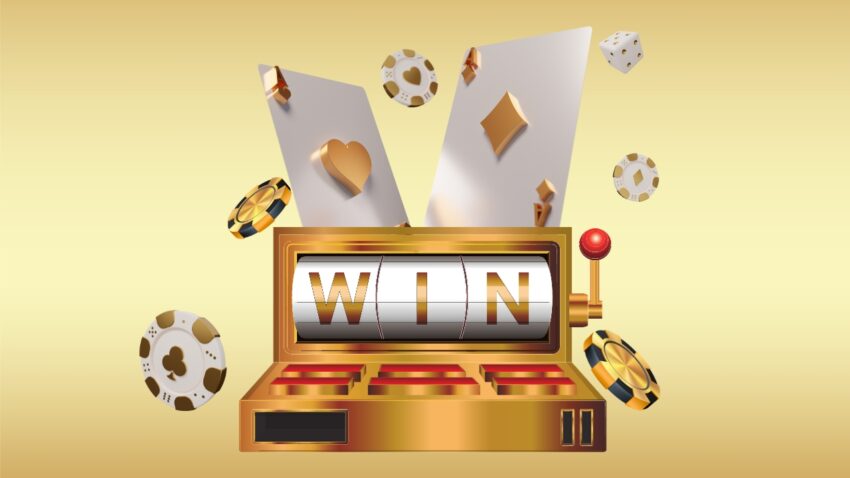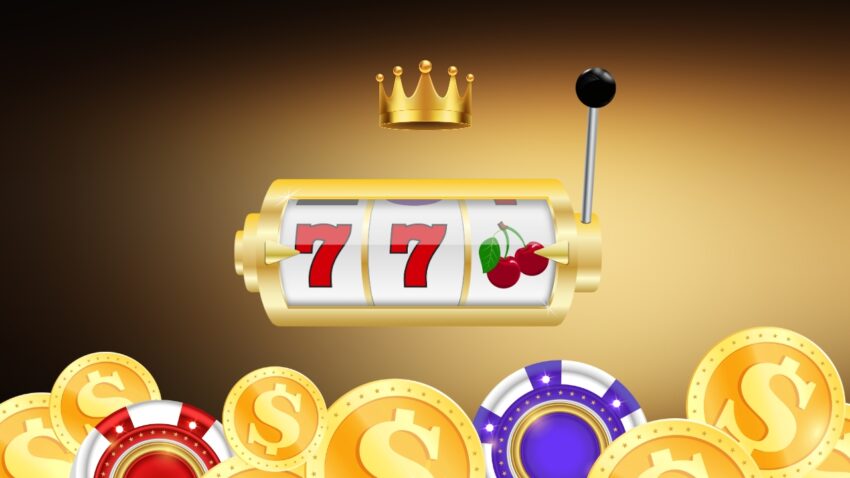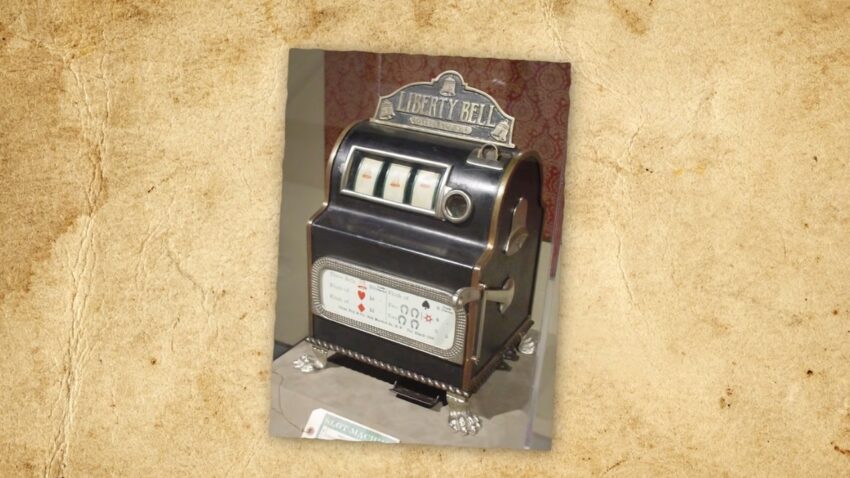The slot machine is no new character in the world of gambling. Over the years, they have built recognition in almost every casino worldwide, as you will hardly find a casino without one.
The slot machine has established itself as the most popular casino gambling method, making up about 70% of the average casino income. From the first gambling machine that was made, which served as a precursor to the modern slot machine, this machine has played a huge role in the gambling industry.
The Description of the Slot Machine

A slot machine, also known as a fruit machine or pokie machine, is a type of gambling machine that produces a game of chance for its users. Its standard characteristics include:
- A screen that usually displays three or more reels, which spin when the game has been activated;
- Large mechanical levers attached to the sides of the machine(the early mechanical ones);
- A slot opening where coins are dropped to gamble;
- A pay table that lists the number of credits players will receive.
Although these are features of the early slot machine, most of these mechanical features have given way to more technologically advanced features in many modern slot machines. These features include:
- Random number generators to generate the game;
- Buttons or touchscreens;
- One or more currency detectors to detect and validate the form of payment, whether it be coin, banknote, token or voucher.
The advent of digital technology has resulted in variations of the initial concept of the slot machine. The player usually plays a video game, much like online gambling. Reviews on popular slot machines can be found on platforms like SlotoZilla, offering insights into the diverse aspects of these technological developments.
History and Etymology of Slot Machines Through the Ages
The term “slot machine” was derived from the slots, a feature of the machine, which are for inserting and retrieving coins. In 1981, Sittman and Pitt invented a machine in Brooklyn, New York, to be the precursor of modern slots. It was based on poker, containing five drums that held fifty faces of cards. Players then would insert a nickel and pull the lever, which causes a spin.
Between 1887 and 1895, Charles Fey created a more straightforward mechanism with three reels with five symbols: diamonds, spades, horseshoes, hearts, and a liberty bell, from which the machine derived its name. The liberty bells machine became so popular that many manufacturers copied it.
In 1963, Bally invented the first slot machine that was fully electromechanical. In 1976, the first video slot machine was developed, and then Reel ‘Em In, the first video slot machine with a second screen bonus, was developed in 1996.
The Technology and Operation of Slot Machines

Slot machines have come a long way in terms of technology and operation. These machines have evolved from mechanical reels to fully electronic systems. Understanding their technological and operational aspects helps you appreciate the game better.
The Technology
Throughout history, all slot machines determined and displayed results by using revolving mechanical reels. The original slot machine used five reels, but more reliable three-reel machines are now the standard. Today’s slot machines are fully electronic with a virtual reel, which may have up to 256³ final positions.
Also, slot machines are now fully computerized, using mathematical probabilities and graphical reels in video slots. The use of random number generators and anti-cheating payout mechanisms in modern slot machines blows the mind.
The Operation
Depending on the teaching machine, the player inserts a form of payment; it may be coins, cash or even paper tickets with barcodes. The machine is then spun to action using a lever or a button, which activates reels that spin and then stop, rearranging the symbols. If the player matches a winning combination of symbols, he earns credits as the paytable dictates.
Terminologies of the Slot Machine
Like any other machine, the slot machine has different terms for referring to specific things. Here are some terms and what they stand for in the table below:
| Term | Meaning |
| Bonus | A unique feature of the game theme is activated upon the appearance of certain symbols in the winning combination |
| Candle | A light on the top of the slot machine flashes to alert the operator of the need for a change |
| Carousel | A group of slot machines in a circular formation |
| EGM | Short for “Electronic Gaming Machine” |
| MEAL Book | Machine Entry Authorization Log for the employees’ entries into the machine |
| Roll-Up | Dramatization of a win through the playing of sounds while the meter counts up to the amount won |
| Payline | The line crosses through a symbol on each reel, and the winning combination is evaluated along |
| Hand Pay | The payout is made by an attendant at an exchange point and not by the machine |
Conclusion

The slot machine has been in existence since the 20th Century. The concept that Sittman and Pitt conceived in their minds and brought to reality has turned into one of the most flourishing businesses of the age, as the slot machine rakes about 70% of the total income of the casino business.
Much unlike other casino games where you have a seat at the table and can gamble your whole life away, the slot machine has a much higher chance of you getting more rewards at a lesser risk.
My name is Darinka Aleksic. I am employed at Shantel.co as a Corporate Planning Manager. Although this job requires a lot of time and effort, I manage to do other things as well. For many years now, I have been successfully working as a tennis coach, where working with children makes me feel young again. Besides all this, I love cooking and look forward to the opportunity to host my friends and prepare something nice for them.

